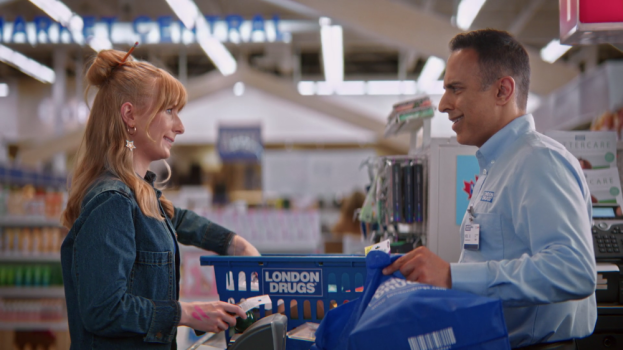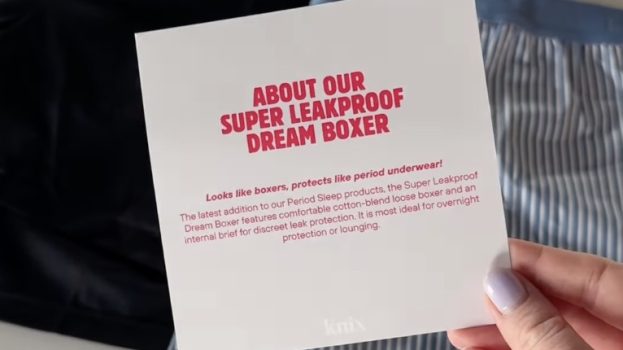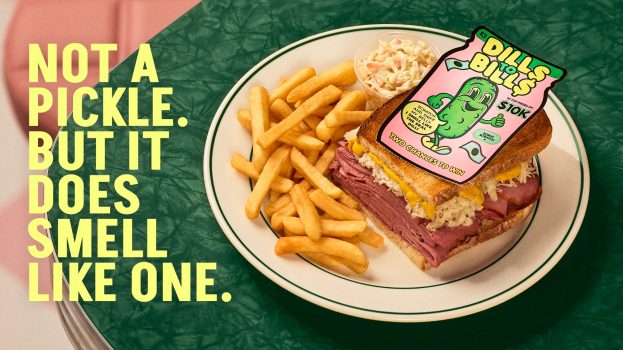Following a record-breaking year for Canada in Cannes, strategy is diving into a few of this year’s award-winning campaigns, asking the top creatives behind the work to tell us more about the process and their learnings. Here, FCB Toronto’s co-CCOs give some insight into “Down Syndrome Answers.” Check back throughout this week for more.
For a campaign addressing the emotional side of what’s often treated as a clinical issue, “Down Syndrome Answers” was ultimately rooted in a very utilitarian act: Googling.
For FCB Toronto’s co-chief creative officers, this campaign was about being in the right place at the right time to deliver important answers that its client – the Canadian Down Syndrome Society – felt were getting lost.
“It came down to really targeting a moment in time,” says Nancy Crimi-Lamanna, co-CCO. “How do we interject ourselves and give them learning in that moment?”
She’s speaking of the moment that follows an expectant parent being given a diagnosis of Down Syndrome for their unborn child. After that, they typically have 10 days to decide whether or not to have an abortion, and they often have nowhere to turn for answers outside their doctors’ offices, she says.
These days, when people need answers fast, they turn to Google.
The insight for the multi-Lion winning campaign actually came from training the entire team at FCB (receptionist included) received in Google AdWords, says Jeff Hilts, co-CCO alongside Crimi-Lamanna. Being able to see the potential of search ultimately helped inform the campaign, which brought to life dozens of answers to common questions with short films featuring real people with Down Syndrome.
“I don’t think anyone had ever asked Down Syndrome kids to answer those questions themselves,” says Crimi-Lamanna. “Naturally, you’d never ask a Down Syndrome kid if they can ride a bike. It’s rude.”
[iframe_youtube video=”W2yeA7A-fMM”]
Some questions were relatively simple. Others about life expectancy and falling in love were more serious and answered poignantly by adults. “It was important to have a wide range [of ages] because some of the questions were about living on their own, can they drink beer, can they drive a car?” she says.
As it developed the campaign, she adds that the agency didn’t want to fall into what she calls an easy trap around sticking to the idea of “see the ability” – a message that CDSS itself has promoted. While that’s important, the idea behind this campaign wasn’t to show how people with Down Syndrome can be just like everyone else, but to speak to a very specific moment in its targets’ lives – diagnosis – and specific questions parents have around it. “It’s really a direct campaign in a way,” she says. “It’s just being there in that moment. It’s one-to-one.”
For the pair, the campaign was not a political one or one with an agenda (the Creative Data jury in Cannes, for example, did have a discussion about whether the campaign was anti-choice). As Hilts puts it, it wasn’t about being pro-choice, but being “pro-information.”
“You need facts for sure, and doctors are great at delivering that. But it’s a highly emotional moment for those parents, so why is the other part of the story not there for them?” says Hilts, who has his own personal connection to the campaign.
At one point in his youth, Hilts shared a household with a child with Down Syndrome, a woman who to this day still sends cards and messages to the family just to say she’s thinking about them. “[Doctors and geneticists] feel like Down Syndrome is curable because they can diagnose it and eliminate it. But the world would miss out on a lot of incredible human beings if that was the case.”
The campaign resonated with the international juries and, for Hilts and Crimi-Lamanna, that’s largely because of the simplicity of its execution and authenticity of the films (which are also now being used by other Down Syndrome organizations outside of Canada).
For them, it boiled down to telling a human side of the story. “I think one of their biggest fears is that their children will grow up without having anyone like them,” Crimi-Lamanna says of the parents who make up CDSS’ membership.
“It doesn’t feel like an ad at all,” adds Hilts. “It feels like a true moment captured on film.”
























